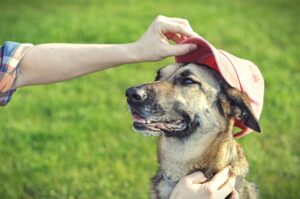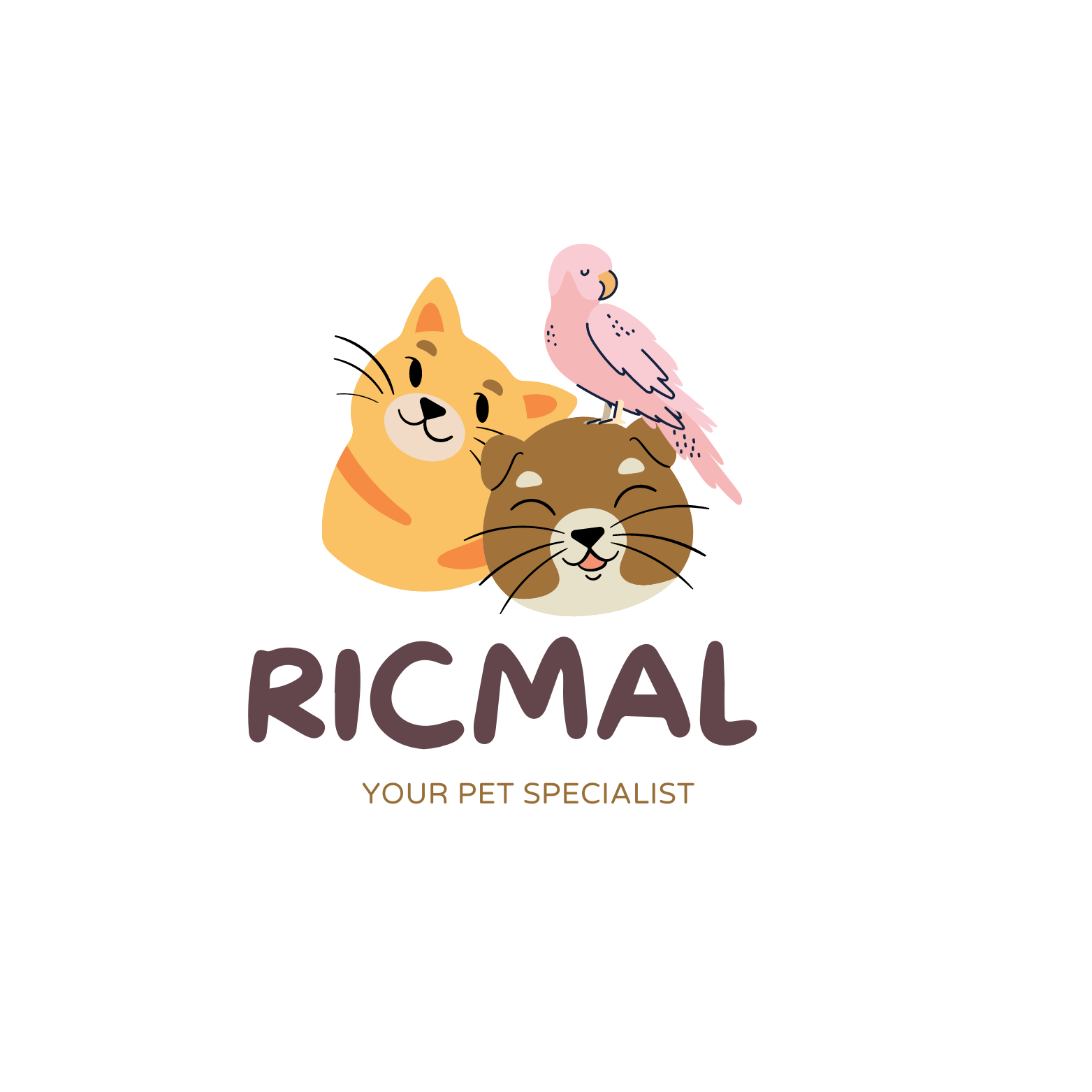When bringing a new dog into your home, there are several initial expenses to consider. These costs can include adoption fees, purchasing or adopting a dog, vaccinations, microchipping, spaying/neutering, and necessary supplies such as a leash, collar, bed, bowls, and toys. It is important to budget for these expenses to ensure that you can provide your new furry friend with everything they need for a happy and healthy life.
Initial Expenses when Getting a DogSource: images.pexels.com
The initial expenses when getting a dog can vary depending on various factors such as the breed, age, and where you get the dog from. These expenses include adoption fees, purchasing or adopting the dog, vaccinations, microchipping, and spaying/neutering. Additionally, you will need to budget for necessary supplies like a leash, collar, bed, bowls, and toys. It is important to plan and budget for these initial costs to ensure a smooth transition for both you and your new furry friend.
Factors to Consider when Budgeting for a New DogSource: images.pexels.com
When budgeting for a new dog, there are several factors to consider. Firstly, the breed of the dog can affect the initial and recurring costs. Certain breeds may require more expensive food, grooming, or healthcare. Additionally, the size and age of the dog can impact expenses. Puppies may require more vaccinations and training, while older dogs may have medical issues that require additional care. It is also important to consider your own financial situation and ability to provide for a dog’s needs before bringing one into your home.
Recurring Costs of Dog OwnershipSource:
Recurring costs of dog ownership include monthly expenses for dog care, such as food, grooming, and supplies. These costs can vary depending on the size and breed of the dog. A budget should be set aside for regular expenses to ensure the dog’s well-being. It is important to prioritize these costs to provide a happy and healthy life for your furry friend.
Monthly Expenses for Dog CareSource: images.pexels.com
Monthly expenses for dog care can include the cost of food, grooming supplies, and other essential items. The amount spent on these expenses can vary depending on the size and breed of the dog. It is important to budget for these costs to ensure the dog’s well-being and to provide necessary care. Additionally, regular expenses such as flea and tick prevention medication should also be factored into the monthly budget to keep the dog healthy and free from parasites.
Importance of Budgeting for Regular CostsSource: images.pexels.com
Budgeting for regular costs is essential for responsible dog ownership. By properly allocating funds for monthly expenses such as food, grooming supplies, and preventive medications, owners can ensure their dog’s well-being without facing financial strain. Additionally, budgeting allows owners to be prepared for unexpected expenses, such as veterinary visits or emergency care, and provides peace of mind knowing that their dog’s needs will always be met.
Veterinary Care CostsSource:

Veterinary care costs are an essential part of responsible dog ownership. Routine veterinary visits, including vaccinations and check-ups, help keep dogs healthy and prevent future health issues. These visits can cost around $100-$200 per year. However, unexpected medical expenses, such as emergency vet visits or surgeries, can add up quickly and range from a few hundred to several thousand dollars. It’s crucial to budget for these potential expenses to ensure that you can provide your dog with any necessary medical care they may require throughout their life.
Routine Veterinary Visits and Preventative CareSource
Routine veterinary visits are an essential part of responsible dog ownership. These visits typically include vaccinations, regular check-ups, and preventive treatments such as flea and tick prevention and heartworm medication. The cost of routine veterinary care can range from $100 to $200 per year. These visits not only help keep your dog healthy but also detect any potential health issues early on, saving you money on future medical expenses. Make sure to schedule regular veterinary visits and budget for these routine expenses to ensure that your dog receives the necessary preventative care for a happy and healthy life.
Emergency Vet Visits and Unexpected Medical ExpensesSource:
Unexpected medical expenses can arise when your dog experiences a health emergency. These can include accidents, sudden illnesses, or injuries. Emergency vet visits can be costly, often ranging from $500 to $2000 or more, depending on the severity of the situation. It is important to budget for these unexpected expenses and consider investing in pet insurance to help cover the costs. Having a financial plan in place will ensure that you can provide your dog with the necessary care in case of emergencies.
Dog Grooming and Hygiene CostsSource: images.pexels.com
Dog grooming and hygiene costs are an important aspect of owning a dog. These expenses can include grooming supplies, such as shampoos, brushes, and nail clippers, as well as professional grooming services. The cost of grooming services can vary depending on the size and breed of your dog. It is essential to budget for these expenses to ensure that your dog stays clean and healthy. Regular grooming is vital for maintaining your dog’s coat, preventing matting, and keeping their skin free from infections. By investing in grooming and hygiene, you will contribute to your dog’s overall well-being and appearance.
Grooming Supplies and Services ExpensesSource:
Grooming supplies and services are essential for maintaining your dog’s cleanliness and appearance. The cost of grooming supplies can vary depending on the quality and brand you choose. Basic grooming supplies include shampoos, brushes, nail clippers, and ear cleaning solutions. Additionally, professional grooming services can also add to your expenses. The cost of professional grooming can range from $30 to $90 per session, depending on the size and breed of your dog. It’s important to budget for both grooming supplies and services to ensure your dog stays clean and healthy.
Tips for Maintaining Your Dog’s Hygiene on a BudgetSource:
Tips for Maintaining Your Dog’s Hygiene on a BudgetSource:

Maintaining your dog’s hygiene doesn’t have to break the bank. Here are some tips to help you keep your dog clean and healthy without spending too much. Firstly, try grooming your dog at home instead of opting for professional services. Invest in affordable but quality grooming supplies and learn how to trim your dog’s nails and clean their ears yourself. Additionally, choose budget-friendly but nutritious dog food to promote good skin and coat health. Regular brushing and bathing can help prevent matting and skin issues, reducing the need for frequent professional grooming. Finally, practice good dental hygiene by brushing your dog’s teeth regularly to avoid expensive dental cleanings down the line. By following these tips, you can maintain your dog’s hygiene without emptying your wallet.
Food and Nutrition Costs for DogsSource:

When it comes to food and nutrition costs for dogs, it’s important to prioritize quality over price. While cheaper dog food may seem like a budget-friendly option, it often lacks the necessary nutrients for your dog’s overall health and wellbeing. Investing in high-quality dog food and treats can help prevent future health issues and reduce vet bills. It’s also important to understand your dog’s nutritional needs and budget accordingly. Regularly monitoring your dog’s weight and adjusting their food intake can help maintain their health and prevent overfeeding. By providing nutritious food, you can keep your dog healthy and happy while managing your budget effectively.
Cost of Quality Dog Food and TreatsSource: images.pexels.com
Investing in high-quality dog food and treats is essential for your pet’s health and longevity. While the initial cost may be higher, the long-term benefits are worth it. Quality dog food is formulated with the right balance of nutrients, ensuring your dog receives the necessary vitamins, minerals, and protein. Additionally, it can prevent common health issues like obesity, allergies, and digestive problems. When it comes to treats, opt for healthy options made with natural ingredients to avoid unnecessary fillers and additives. By prioritizing quality in your dog’s diet, you are setting them up for a healthier and happier life.
Understanding Your Dog’s Nutritional Needs and Budgeting AccordinglySource
Understanding your dog’s nutritional needs is crucial for their overall health and well-being. Dogs require a balanced diet that includes essential nutrients like proteins, carbohydrates, fats, vitamins, and minerals. It’s important to consult with your veterinarian to determine the specific dietary requirements for your dog based on factors such as breed, age, size, and any existing health conditions. While high-quality dog food may come with a higher price tag, proper nutrition can help prevent costly health issues in the long run. Budgeting for quality dog food and treats is an investment in your pet’s health and longevity.
Conclusion and Tips for Responsible Dog OwnershipSource
In conclusion, owning a dog comes with various costs and responsibilities. However, with proper budgeting and planning, you can provide the best care for your furry friend without breaking the bank. Remember to factor in initial costs, recurring expenses, veterinary care, grooming, and nutrition when budgeting. Additionally, consider adopting a dog instead of buying one to save on initial expenses. Lastly, prioritize your dog’s well-being by providing them with quality care and nutrition within your budget. By being a responsible dog owner, you can ensure a happy and healthy life for your beloved pet.
Total Cost Breakdown for Dog OwnershipSource:
When it comes to owning a dog, it’s important to factor in all the costs involved. The total cost breakdown for dog ownership includes initial expenses like adoption or purchase fees, vaccinations, spaying/neutering, and basic supplies. Recurring expenses include food, grooming, training, and regular veterinary check-ups. Additionally, unexpected medical expenses and emergency vet visits should be accounted for. It’s crucial to budget for these costs to ensure that your furry friend receives the best care possible.
Tips for Saving Money while Providing the Best Care for Your DogSource

Shop for Supplies and Medications Online: Take advantage of online retailers that offer discounts on dog supplies and medications. Compare prices and look for sales to save money on items like food, toys, and flea and tick preventatives.
Take Care of Basic Grooming at Home: Invest in grooming tools and learn how to do basic grooming tasks yourself, such as brushing and nail trimming. This can save you money on regular grooming appointments.
Train Your Dog at Home: Consider training your dog at home instead of enrolling in expensive obedience classes. There are many online resources and instructional videos available that can help you train your dog effectively.
Practice Preventative Care: Keep up with regular veterinary check-ups and vaccinations to prevent costly health issues. This can help you catch any potential problems early on and avoid expensive treatments down the road.
Consider Pet Insurance: Look into pet insurance options that can help you financially in case of unexpected veterinary expenses. Compare different plans and choose one that fits your budget and covers the specific needs of your dog.
Opt for Homemade Treats: Instead of buying expensive store-bought treats, consider making your own at home using simple, dog-friendly ingredients. This not only saves money but also allows you to control the quality of the treats.
Seek Out Low-Cost Veterinary Clinics: Research low-cost veterinary clinics in your area that offer discounted services. These clinics often provide basic care, vaccinations, and spaying/neutering at a reduced cost.
Buy in Bulk: Purchase dog food and other supplies in bulk to take advantage of discounts and cost savings. Look for deals and sales to stock up on items that have a longer shelf life.
Maintain Good Oral Health: Regularly brush your dog’s teeth to prevent dental issues that can lead to expensive treatments. Invest in dental chews or toys that help keep their teeth clean and healthy.
Prioritize Exercise and Mental Stimulation: A well-exercised and mentally stimulated dog is less likely to develop behavior issues that require costly training or behavioral interventions. Take your dog on regular walks, engage in playtime, and provide them with puzzle toys to keep them physically and mentally active.





1 comment
Can you be more specific about the content of your article? After reading it, I still have some doubts. Hope you can help me.